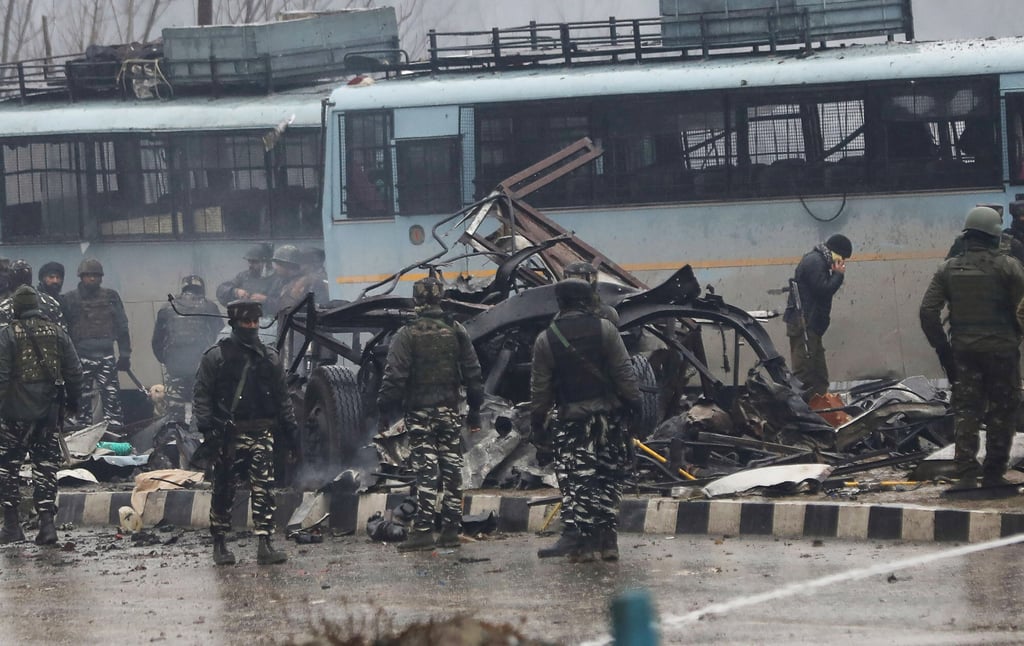Explainer | What does Pakistan’s first national security policy say about India, China, US?
- Pakistan is first South Asian country to release such a document; says rise of Hindu politics in India is ‘concerning’ but hopes to improve relationship
- Other highlights include worries about two-front war with China and India, desire for more US cooperation and need to boost regional trade

Pakistan last week launched its first-ever national security policy, listing economic security as its top priority even as it continues to emphasise military security.
Still, the shift is striking given that Pakistan has been at odds with its nuclear-armed rival India for years and has had to deal with violent Islamist militancy and separatist movements.
The country has also been caught up in two wars in Afghanistan, firstly from 1979 when Soviet troops invaded. The second time was from 2001 when the US sent in troops after the 9/11 terror attack in what turned out to be a 20-year mission before the Taliban regained control last summer.
After suffering chronic financial ill-health and regular bail outs from the International Monetary Fund (IMF), Pakistan’s approach now focuses on seeking peace with its neighbours and exploring opportunities to make Pakistan a trade and investment hub.
The new policy, released on January 14, makes Pakistan the first South Asian country to publish such a document, although only a 62-page redacted version of the full 110 pages was laid out for the public. The rest is confidential.
Does this mean Pakistan is pursuing peace with India?
